
 |
| The seated Buddha in Cave No. 20 is the signature of the Yungang Grottoes.(Photo/Shanghai Daily) |
Ancient Buddhist grottoes along the Silk Road in western China are treasure troves of magnificent art that show the influence of many cultures over more than 1,500 years.
Shanghai Daily is running a series of travel articles featuring a number of grottoes in Xinjiang, the Dunhuang Mogao Grottoes and Maijishan Grottoes in Gansu Province, the Longmen Grottoes in Henan Province and the Yungang Grottoes in Shanxi Province.
Most of these sites have UNESCO World Cultural Heritage status, while others are applying.
This piece, the third in the series, explores the Yungang Grottoes in Shanxi Province, plus offers travel advice. The first two stories, featuring Xinjiang's grottoes and Dunhuang Mogao Grottoes in Gansu Province, can be found at www.shanghaidaily.com.
Further articles on China's grottoes will appear in the coming weeks.
Walking along spectacular Lifo Avenue, with its 26 marble ornamental pillars, I marvelled at the grand renovations undertaken at the Yungang Grottoes site. Compared with last time I visited nearly a decade ago, the zone has expanded to almost eight times the previous size, adding ancient-style pavilions and temples, a well-equipped exhibition hall and even a castle-style theater that stretches deep underground.
Splendid as the renovation is, I quickly headed toward the grotto complexes. It is only when you see the grottoes stretching before your eyes that you can understand the beauty of Yungang Buddhist art.
In the south cliffs of Wuzhou Mountain west to Datong City, Shanxi Province's second largest city, the grottoes were created in the reign of Emperor Wencheng (AD 440-465) in Northern Wei Dynasty.
They were an attempt at atonement after the emperor's grandfather, Emperor Taiwu, attempted to extirpate Buddhism in AD 445, during a struggle with the Han insurgents. In the turmoil, numerous temples and Buddhist sutras were burned, statues toppled and monks killed.
Monk Tanyao is one of the lucky few who managed to escape. Later when Buddhism was revived, he convinced Wencheng to construct the grottoes.

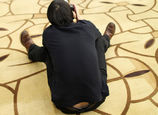

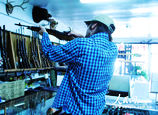
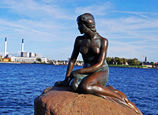

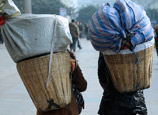

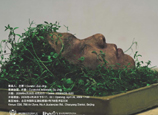








 Photo story: The art of food, the art of life
Photo story: The art of food, the art of life


![]()
